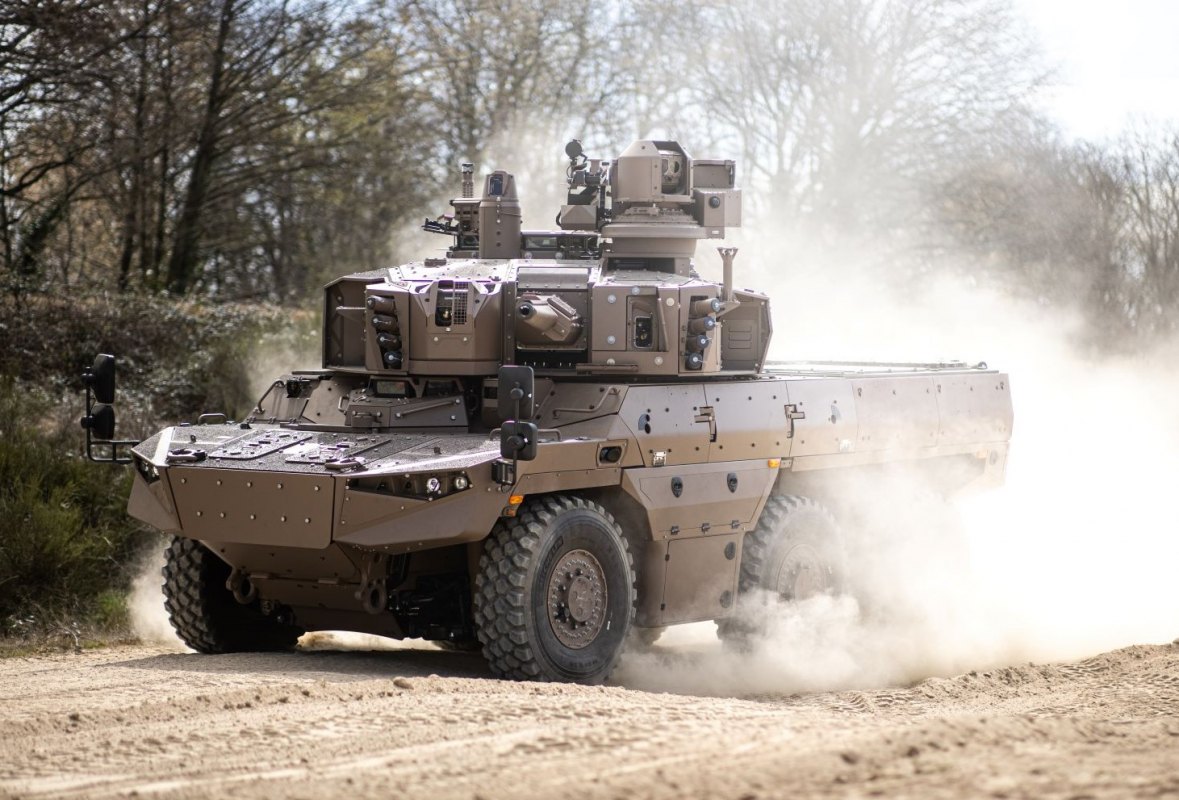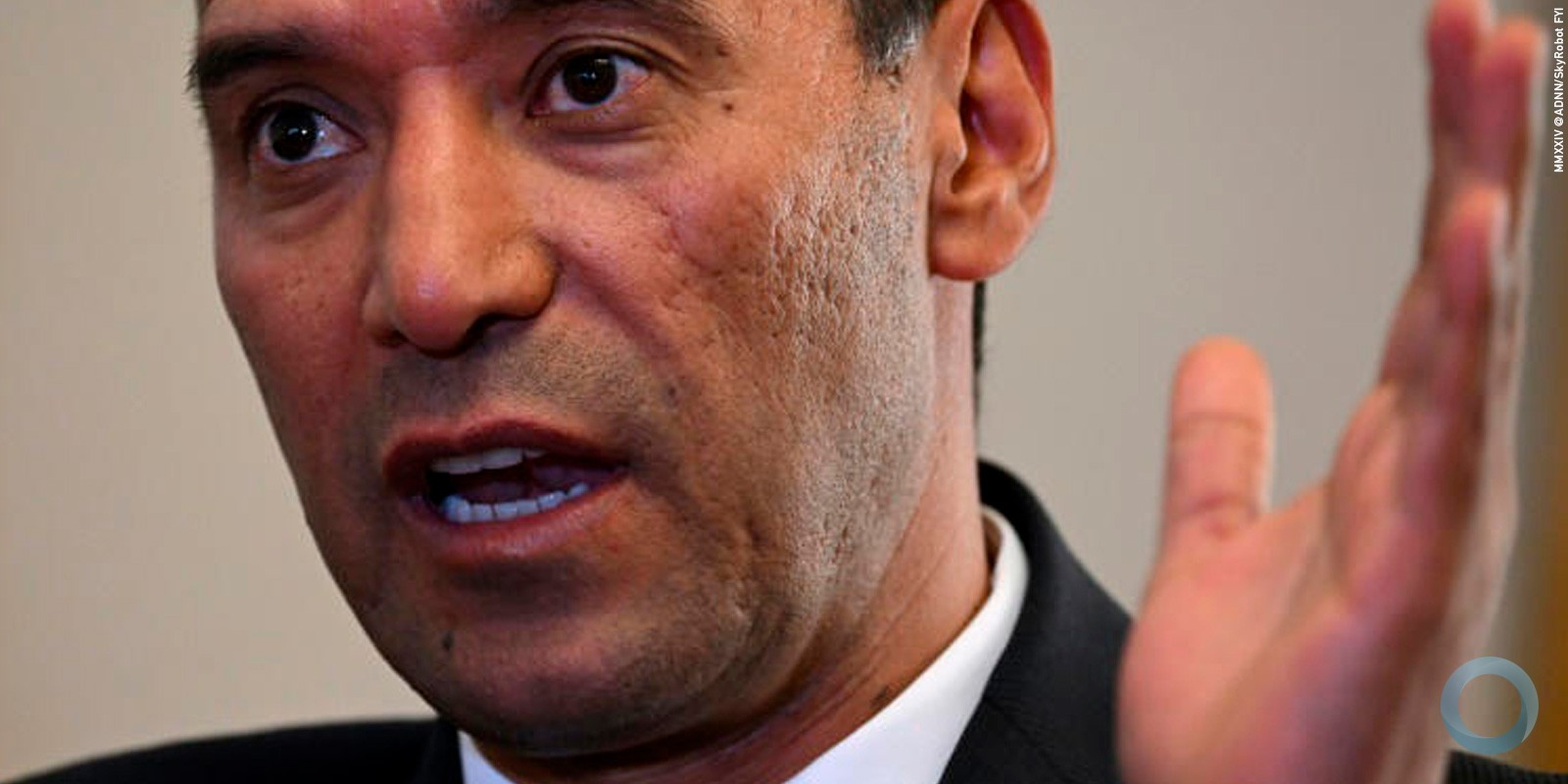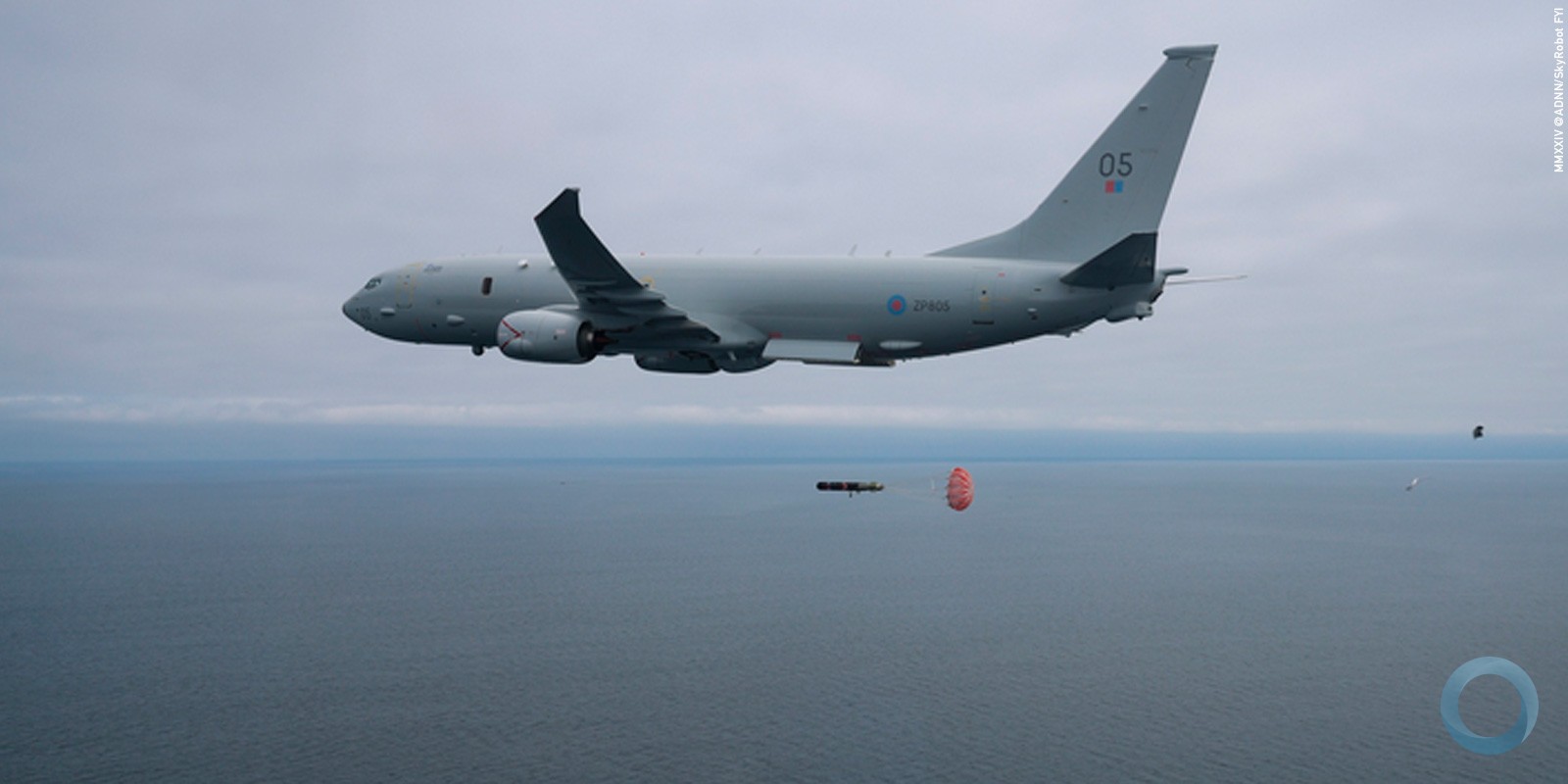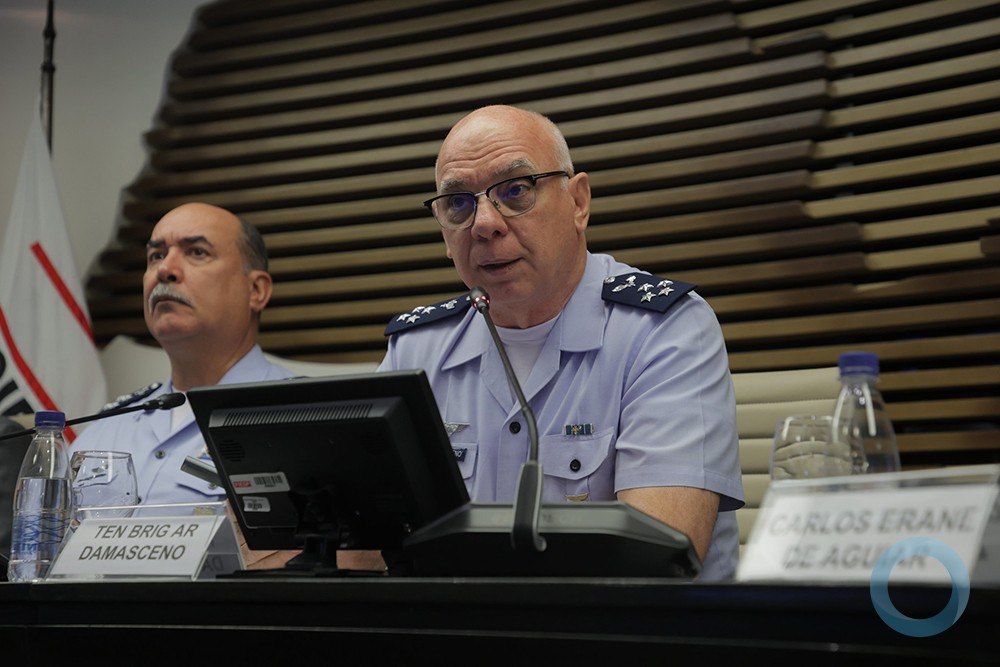Diana Gagliardi and Santiago Wills
Brazil's Armed Forces are increasing their involvement in the demining process in Colombia where they have cooperated with the Colombian Armed Forces in such efforts for the past decade. In 2015, Brazilian service members began to collaborate more directly in the process by creating the Inter-American Technical Advisory Group in Colombia (GATI-CO), which aims to help Colombian Armed Forces personnel and civilians with the quality control of deactivating and removing landmines.
On October 27th, 16 Colombian officers completed GATI-CO's first course, which was a five-week class for National Humanitarian Demining Monitors. Colombian Army Captain Adriana Osorio Cifuentes, the first woman to ever graduate from such a course like this in Columbia, placed first in the assessments. In 2016, the GATI-CO is planning additional courses, including two for internal monitors; two for internal supervisors; and one for civilians who will monitor the quality of work done by the Colombian government's accredited non-governmental organizations (NGOs).
International experience
Brazil has accumulated experience in demining through activities with other countries. The Brazilian Army (EB, for its Portuguese acronym) acquired such knowledge during the United Nations Angola Verification Missions (UNAVEM I, II, and III) from 1988 to 1997. From the 1990s until 2010, Brazil also participated in the Mission of Assistance to Remove Mines in Central America, as well as in the Mission of Assistance to Remove Mines in South America, which is ongoing.
“Brazilian Military personnel possess well-recognized technical expertise in the realm of humanitarian demining," stated Colonel Eustáquio Alves da Costa Neto, Defense Attaché for the EB in Colombia. "[That's] fruit of the experience acquired from their participation in United Nations and Organization of American States missions; from keeping up to date with the evolution of detection techniques and the equipment used; and from the study of and contribution to international standards.”
The EB began demining work in Colombia in 2005 by sending personnel to the Inter-American Defense Board's (IADB) Group of Inter-American Monitors in Colombia (GMI-CO), with Brazilians accounting for 42 of 51 personnel. Since 2009, the group has been comprised of exclusively Brazilian Military personnel.
“GMI-CO was created to assist Colombian Troops in acquiring capabilities in the realm of humanitarian demining and in ensuring compliance with international standards,” Col. Eustáquio explained. “Eight platoons from the Colombian Army that form the Demining Battalion and a Marine platoon were trained by GMI-CO. GMI’s support was fundamental in demining 80 civilian areas and 35 Military bases, allowing thousands of Colombians to return to their lands in the countryside.”
More than 20,000 mines disabled
Since 2007, personnel have disabled 1,624 mines throughout the country, according to the Directorate for Comprehensive Action against Antipersonnel Mines (DAICMA). Meanwhile, Military deminers with the Army’s Engineer Corps, the Handling of Explosive Devices unit, and the Explosive and Demolition Teams have disabled 19,008 devices. Many of the devices were placed by guerrilla groups, including the Revolutionary Armed Forces of Colombia (FARC) and the National Liberation Army, as well as other illegal armed groups that have been in armed conflict with the government for decades.
Military authorities have declared five Colombian towns – El Dorado in Meta; Zambrano in Bolívar; San Carlos and San Francisco in Antioquia; and San Vicente de Chucurí in Santander – home to about 70,000 Colombians, mine free. The government's goal is to completely demine the country by 2021, which would greatly improve public safety after landmines claimed 11,243 victims, including 2,148 fatalities, from 1990 to December 2015, according to the DAICMA.
Military authorities estimate that for every 5,000 landmines that security forces disable, one deminer dies and two are injured, Col. Eustáquio said. This explains why Colombia led the world in terms of Military victims in 2014, with 156 injured and 31 killed, according to the International Campaign to Ban Landmines.
Looking forward
In 1997, through the Ottawa Treaty – a document signed by 122 countries whose objective is to eradicate the production of landmines and contribute to helping victims – Colombia promised to be completely free of landmines by March 1, 2011. However, the government received a 10-year extension to complete the task and has increased its resources to reach the goal.
In 2014, the government invested around $7.4 billion pesos (approximately US$3.3 million at the time) into demining programs through the DAICMA and in conjunction with the European Union. The budget for 2015 was $9 billion pesos (US$3 million), with the funds increasing to more than $10.4 billion pesos (US$3.25 million) in 2016.
In addition to providing additional funds for demining, the government plans on increasing the number of deminers. Today, there are 600 Army personnel who work on demining operations, 127 humanitarian deminers from British organization The Halo Trust, and four more from the NGO Norwegian People’s Aid operating in Colombia, according to the DAICMA and the Ministry of Defense. The government plans to bolster its demining force to 10,000 Soldiers, who will be complemented by new NGOs, such as Handicap International Colombia, joining the effort, according to the Ministry of Defense.





























